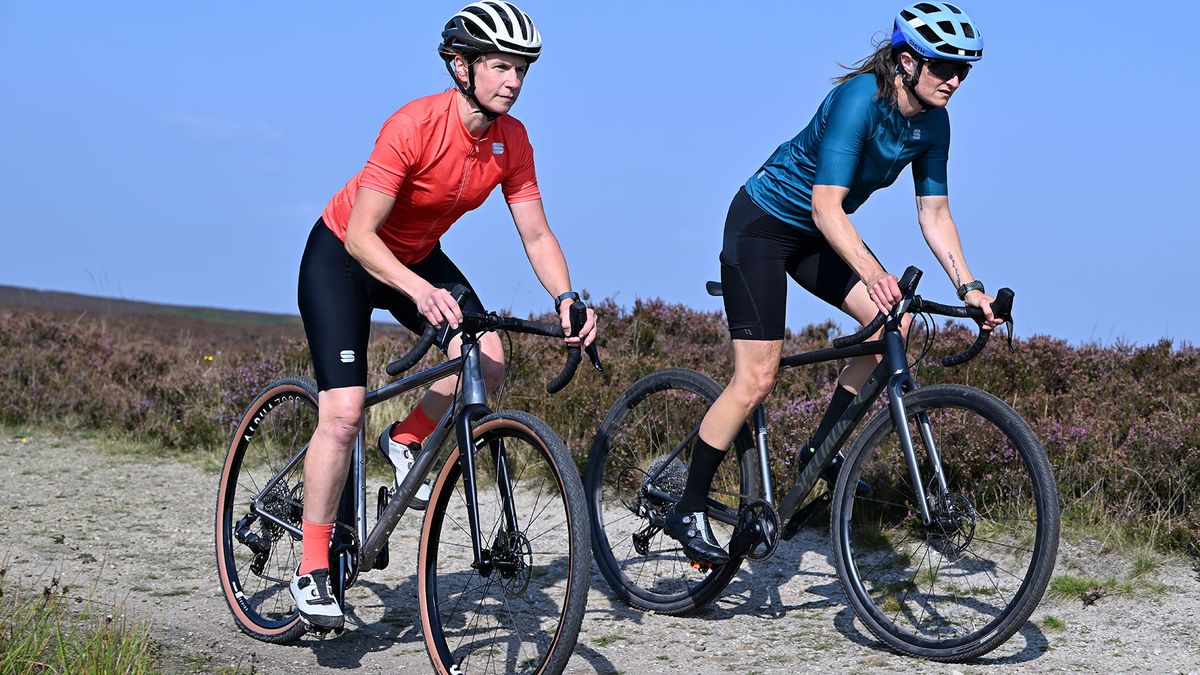There appears to be a transfer in direction of ‘unisex‘ throughout the bike trade, with fewer ‘female-specific’ choices in contrast to a couple years in the past. Does this open up extra alternative for girls as a result of the vary of obtainable merchandise turns into wider, or is it simply a possibility for manufacturers to scale back the variety of models they in any other case must produce? Or is it as a result of ‘female-specific’ in biking is simply not required?
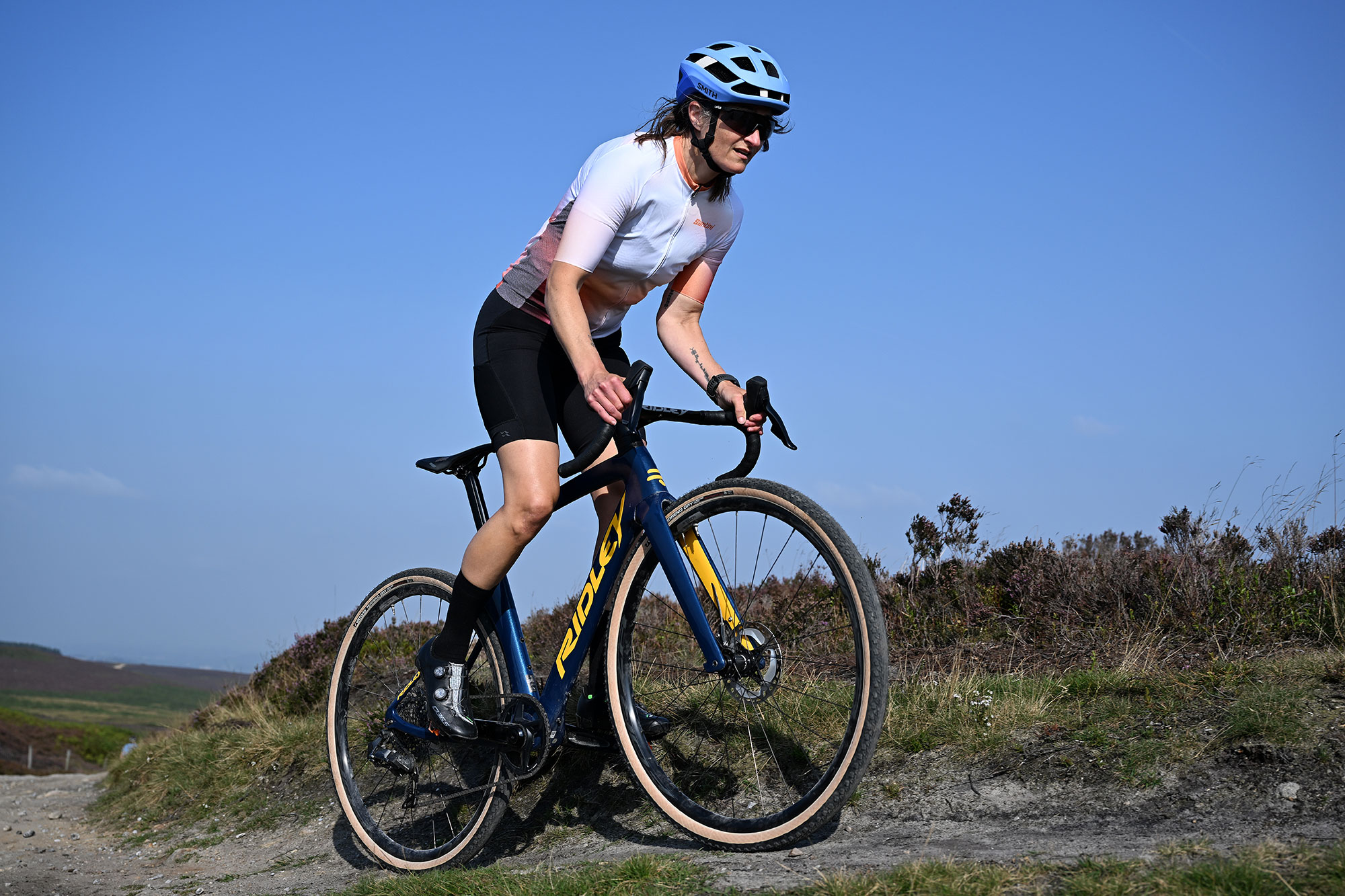
Girls are usually shorter and lighter than males with much less imply muscle mass, narrower shoulders, wider pelvises and a decrease waist-to-hip ratio. Does this imply extra women-specific parts needs to be made obtainable?
(Picture credit score: Future/Andy Jones)
There is no such thing as a doubt that ladies and men are anatomically and physiologically totally different. Girls, on common, are shorter and smaller. They’re additionally lighter, with much less imply muscle mass. They’ve narrower shoulders and wider pelvises and hips, a decrease waist-to-hip ratio, and breasts.
The aforementioned wider pelvis led to the creation of the female-specific chamois, which has now been in existence for a few years. It stays maybe the obvious instance of the real want, at occasions, of the trade to create merchandise solely designed for girls. Certainly, girls’s biking clothes strains stay a staple of the trade, though there have been current makes an attempt to supply unisex jerseys, most notably from the Italian model Santini.
While there have been a number of research that state that girls have comparatively longer legs and shorter torsos in comparison with males, as a physiotherapist and bike fitter, I’ve not discovered this to be the case from statistics collected within the clinic I work in. I’ve seen a basic development for girls to be extra versatile than males, which can also be supported by analysis research. Nonetheless, there’s a excessive diploma of overlap between usually male or feminine traits.
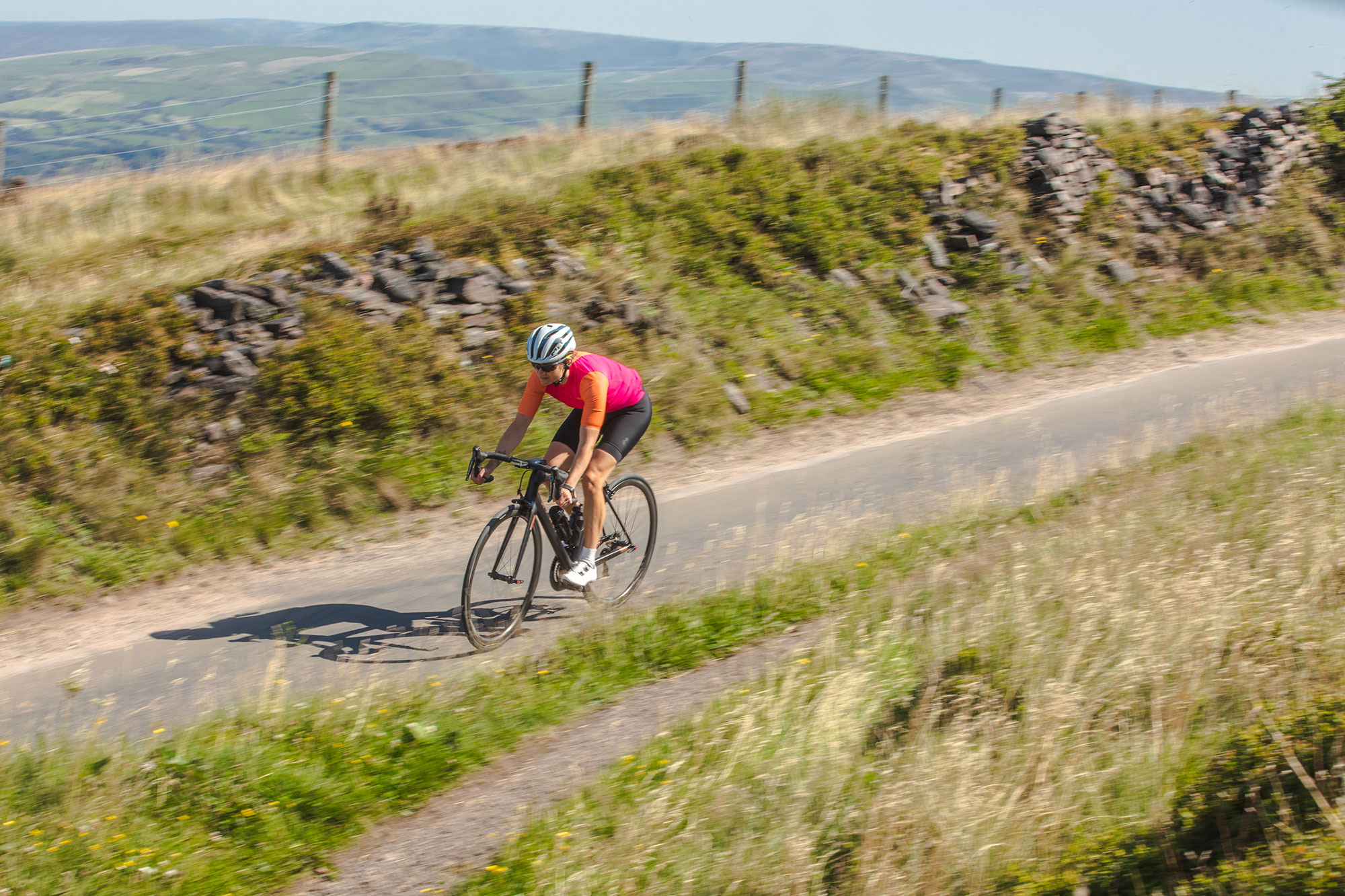
There may be really a excessive diploma of overlap between female and male physique shapes, so creating biking tech or gear for particular genders not often is sensible.
(Picture credit score: Future/Andy Jones)
Subsequently, I’ve at all times been of the opinion that ‘women-specific’ is a advertising fantasy relating to bikes and parts; the rider ought to at all times be assessed as a person and match accordingly, moderately than primarily based on their gender.
By way of bike geometry, ‘women-specific’ has usually meant a shorter attain and better stack, which places it on the endurance finish of the continuum moderately than race, the argument being that girls have longer legs and a shorter torso. Maybe it is also conforming to the stereotype that girls are much less prone to undertake an aggressive place than males. This form of motorcycle could go well with some girls, however in my expertise, it fits simply as many males, particularly those that are rigid or have poor posture on the bike.
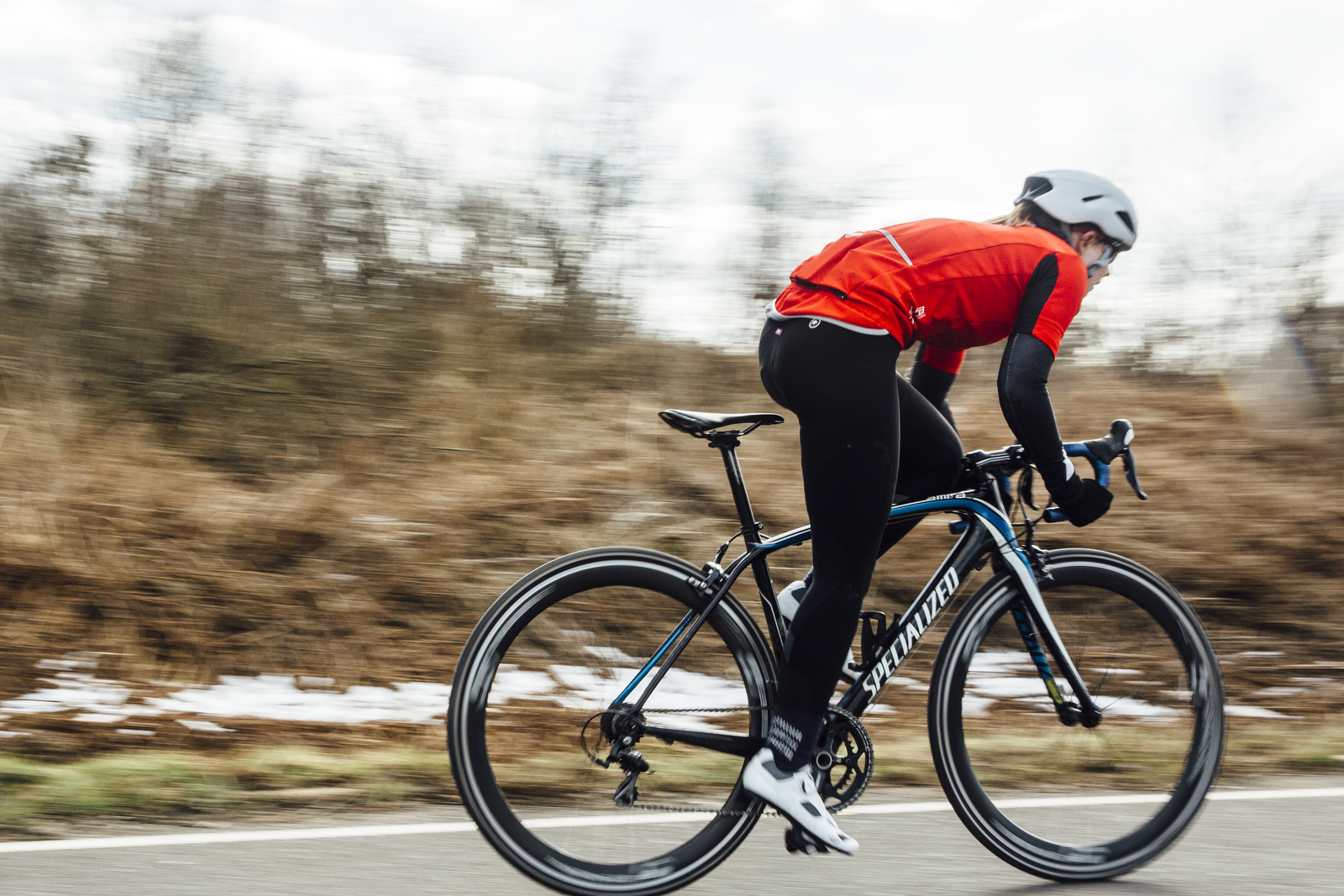
Males are usually much less versatile than females, which makes a nonsense of the concept girls’s bikes ought to default to a much less aggressive endurance geometry.
(Picture credit score: Dan Gould)
So, if girls don’t want a motorcycle or parts which are ‘women-specific’, does the typical girl have totally different wants in comparison with the typical man?
The newest race content material, interviews, options, critiques and professional shopping for guides, direct to your inbox!
With girls being shorter in stature, they may usually want a smaller-sized bike, particularly these on the shorter finish of the bell curve. Some bike producers simply don’t make bikes which are sufficiently small for a big proportion of ladies. There are additionally challenges in bike design for individuals who are fairly quick in stature (below round 160cm).
They might want narrower handlebars and shorter cranks. Once more, the small finish of the bell curve could wrestle to entry appropriately sized parts and have extra issue with availability because of the smaller numbers of those sizes being produced.

The Liv Alacra saddle, with its quick nostril, broad physique and huge cut-out, has a feminine particular match.
(Picture credit score: Future/Andy Jones)
Statistically, most ladies have wider sit bones than most males, by nature of being designed for childbirth, so they’re extra prone to want a wider saddle. Saddles have gotten more and more unisex, and while some manufacturers nonetheless label their saddles as male or feminine, it’s turning into much less frequent. Saddle suitability and luxury is extremely particular person, with components akin to your pelvis width, using model, and tender tissue anatomy all influencing private choice. I’ve seen a lot of males comfy on a ‘womens’ saddle.
If a ‘women-specific’ bike is already fitted with narrower handlebars and a wider saddle (in comparison with the corresponding measurement in a ‘males’s’ bike), this may be helpful and cost-effective, as it might reduce the necessity to change them.
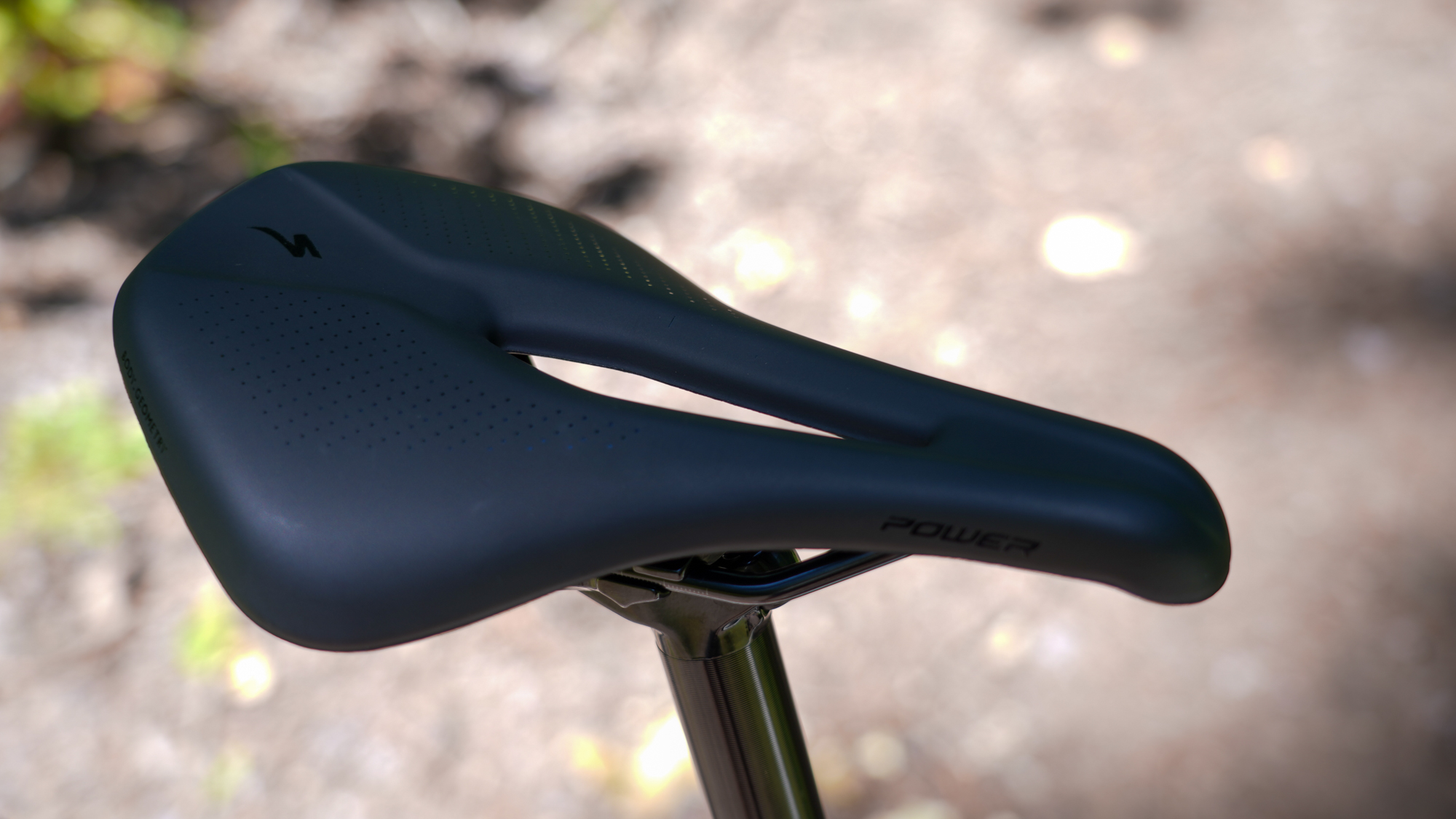
The Specialised Energy, which shares an analogous form with the Liv Alacra, was initially developed for girls however is now marketed as unisex as a result of males discover it simply as comfy.
(Picture credit score: Anne-Marije Rook)
As talked about, clothes alternatively, is a unique matter. Girls have fairly a unique physique form to males, and one can find that almost all of manufacturers supply separate males’s and ladies’s ranges, in addition to some unisex gadgets (gloves, arm heaters, socks and so on).
I spoke to Nicole Stanners, creator of Muze, a cycle clothes model desiring to “make biking extra inclusive, comfy and thrilling for all girls in any respect ranges – beginning with our garments”. She consulted an anthropometric professional to review a big group of ladies of various styles and sizes earlier than designing her clothes.
“The variations make it vital to have particular clothes for such a technical sport as biking with tons of and 1000’s of physique actions in a journey to make sure consolation and efficiency”, Stanners states. “Should you attempt to match girls into males’s garments then they may usually be too tight within the hips and thighs and too massive within the higher physique”.
“In relation to chamois, girls have a wider pelvis and a better pubic arch angle than males, subsequently many of the stress factors in girls happen throughout the pubic space. A women-specific chamois is designed to forestall extreme stress over this space, particularly when the burden over the saddle shifts ahead. Additionally, variations in exterior genitalia must be thought-about, to guard them from irritating chafing.”

Feminine-specific decisions, akin to this Liv Langma, is probably not strictly crucial however there’s a place for them. They’ll make girls really feel included and catered for in a male-dominated sport akin to biking.
(Picture credit score: Future/Andy Jones)
So, despite the fact that ‘female-specific’ decisions could not essentially be wanted in all areas of the biking trade, there could also be a spot for it. It may well make girls really feel included and catered for in a male-dominated area. Girls may additionally need to assist corporations that produce girls’s merchandise, particularly if they’re additionally owned or operated by girls.
Nonetheless, with girls making up a a lot smaller slice of the market, investing in ‘female-specific’ merchandise can carry business or monetary threat. Participation numbers appear to point out that of all cyclists, round 25-35% are feminine.
Maybe Trek has summed it up precisely in an announcement on their web site: “A girls’s bike is any bike {that a} girl rides”. Amen to that.


